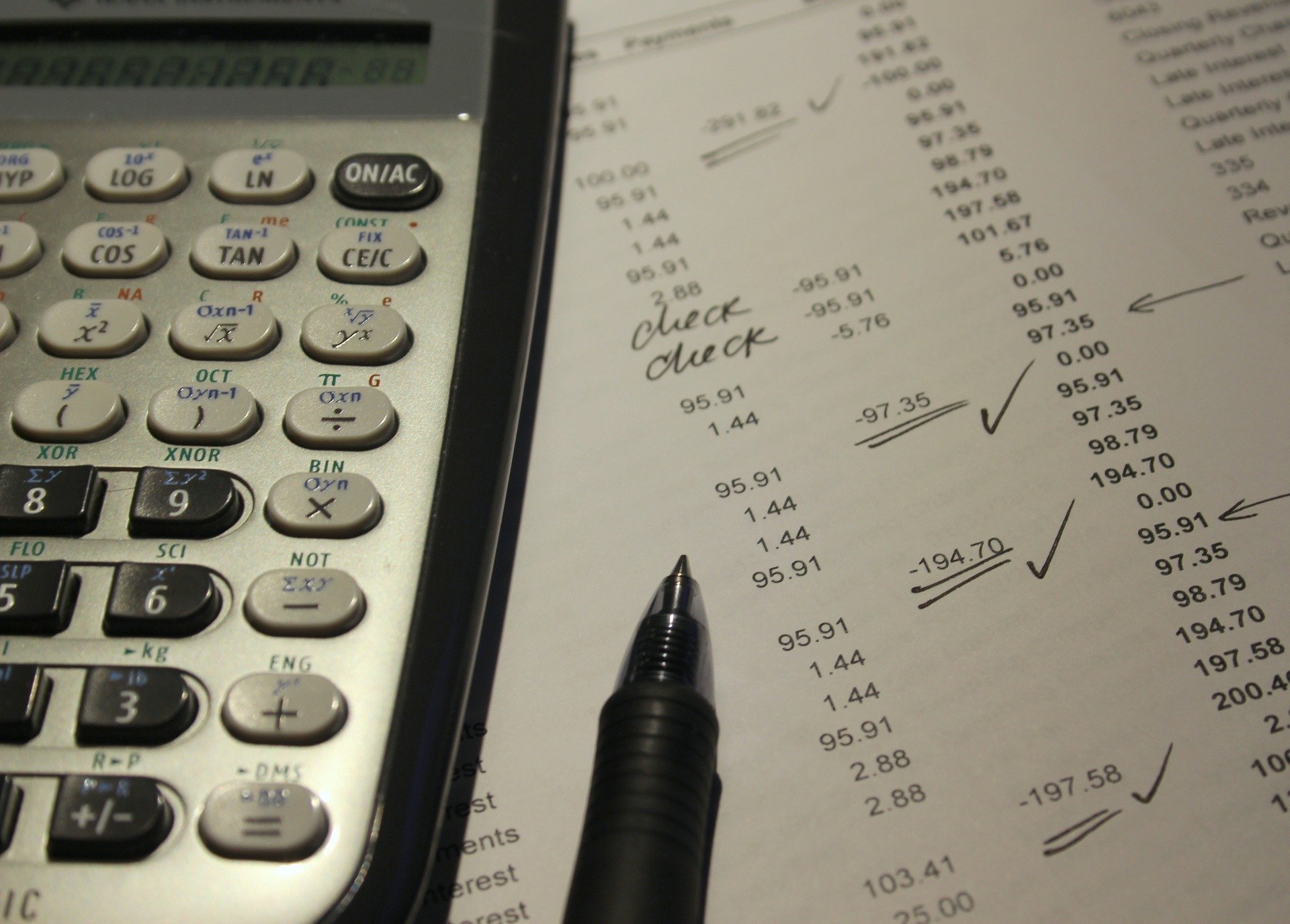
You would have heard this term somewhere nor the other. If you have forgotten about it we’ll make this word clear to you. Account payable is an account that comes within the general ledger which represents a company’s function to pay off a certain short-term debt to various creditors as well as suppliers. The business department is responsible for making various payments owed by the company to its suppliers as well as creditors.
A company’s total accounts payable will appear on the balance sheet under the section of current liabilities. These accounts payable are debts that must be paid off within a given period to avoid default. It happens everywhere including in the corporate world. Account payable refers to various short-term debt payments due to its suppliers. And the payable is often a short-term one from a business to another. The party on the other side would record the processed transaction as an increase to its account receivable in the same amount.
It’s a very important factor that appears in the balance sheet of any company/ organization. If your much important AP increases over a prior period, this means that the company is buying more services/ goods on credit. Rather than preferring the cash way. At the same time, if your AP decreases, it shows that the company is paying upon its prior period debts at a much faster rate than its rate on purchasing new items on credit. AP is very critical in managing a business’s cash flow and continues to do so every day. Even management can use AP to manipulate the company’s cash flow to an extent to manipulate the company’s cash flow.
Good book-keeping requires that there must be an offsetting debit and credit for all entries made into the general ledger. To record it the accountant credits the accounts payable when the invoice is received. An organization might have many open payments due to a huge number of vendors at a time. All these outstanding payments are recorded in accounts payable. In the balance in accounts payable, you will find the total amount the business owes all of its vendors. And this appears on the balance sheet.
Trade payables consist of the money that a company owes its vendors for goods that are related to inventory. They also include all of the company’s debts which fall under the short-term category. Both these words may sound similar but are used for different situations.
This concept is directly opposite to account payable. AP is the money that a company owes its vendors. While receivable is the money that is owned by the company or customers in some cases. When 2 companies transact with each other on credit one will record an entry to AP on the books while the other one records an entry to its AR. The vice versa happens too.
Accounts payable is a very innovative and safe method and secures your transaction too, so using it wouldn’t be of great difficulty.